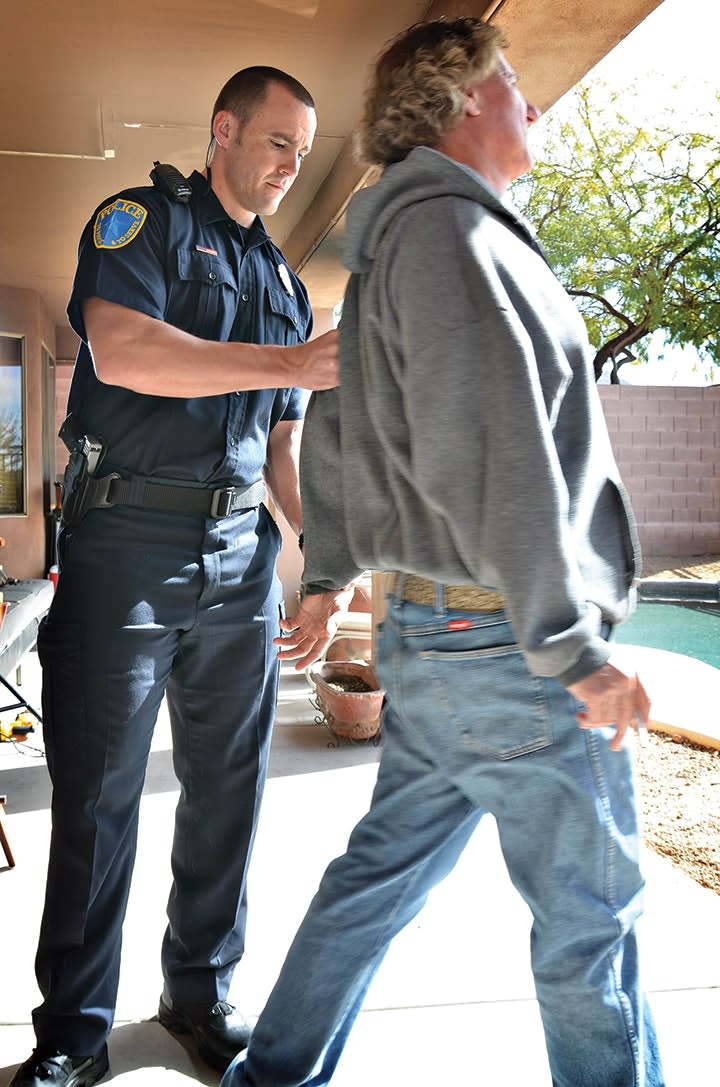Federal officers had an arrest warrant for Ricky Lyons on drug charges. They developed information that Lyons might be temporarily inside the home of Gary Steagald, so they went to Steagald's house, entered, and searched. Lyons was not inside, but officers found cocaine and arrested Steagald. The U.S. Supreme Court ordered the cocaine suppressed as the "fruit" of unreasonable entry. Said the court, "While the arrest warrant in this case may have protected Lyons from an unreasonable seizure, it did absolutely nothing to protect Steagald's privacy interest in being free from an unreasonable invasion and search of his home. A search warrant was required."
So, Steagald means that when you have an arrest warrant for A and you believe (or even know) he's visiting in B's home, you cannot make non-consensual, non-exigent entry into B's home to search for and arrest A. You have to get a search warrant for B's home, to look for A. In many jurisdictions, such a warrant is unofficially known as a "Steagald warrant."
Speedy Trial, Due Process, and "Due Diligence"
It's not enough to get an arrest warrant and enter it into databases, hoping someone else will pick up your suspect for you. Because the suspect has constitutional rights to a speedy trial and to due process, he has a right to be put on notice of the charges against him in a timely manner, so he can preserve evidence of his defense and can be tried before memories of witnesses become stale and unreliable. (Doggett v. U.S.)
To prevent dismissal of the case long after an arrest warrant was issued, the prosecution has to show that officers exercised "due diligence" to try to locate and apprehend the suspect. This often requires officers to keep a record of attempts to serve the warrant and to locate a fugitive, showing that you made repeated visits to his LKA, contacted relatives, checked DMV and utility records, scanned social media sites, put the warrant into NCIC, etc.













